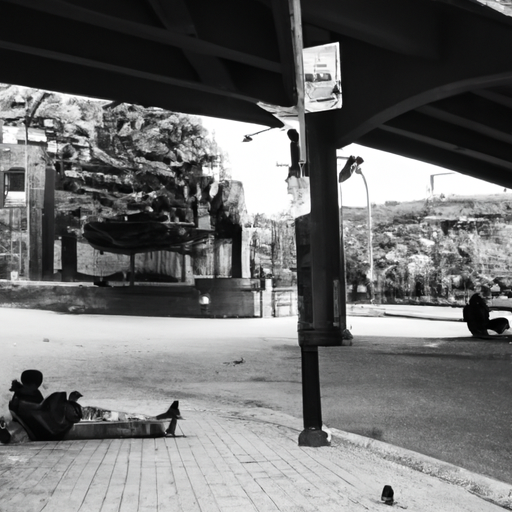Navigating the Opioid Crisis in Canada: A Look into Hamilton’s Efforts to Improve Hurting Communities and Boost Housing
The opioid crisis has surged in Canada in recent years, leaving very few communities unaffected. One of the significantly impacted regions is the city of Hamilton, Ontario. The situation has escalated to a point where it not only concerns healthcare professionals and policymakers but also civic and community leaders. This blog post discusses the dramatic effects the opioid crisis has had on this community, the subsequent initiatives launched by Hamilton’s city council to counteract these challenges and efforts made nationwide to combat this national public health emergency.
The Impacts of the Opioid Crisis in Hamilton: Homelessness and Crime
The opioid crisis, often termed as a double-edged sword, has led to a surge in homelessness and crime rate in Hamilton. This crisis, combined with the lack of affordable housing and a growing population, has compounded the homeless situation in the city. It is estimated that around 5,000 people experienced homelessness in Hamilton in 2019. Furthermore, drug-related crime numbers are climbing, indicating a direct link between the opioid crisis and an increased predilection for crime.
Hamilton City’s Initiatives
In response to the escalating crisis, the City of Hamilton has launched strategies focused on the creation of affordable housing and improving situations for the homeless population. Some of these investments are designed to reduce homelessness, improve affordable housing availability, and reduce opioid use, these initiatives include,
- The expansion of the Hamilton Housing Help Centre (HHHC), a critical resource and support system for individuals and families looking for housing and access to government resources.
- Implementing a ‘by-name’ list that prioritizes helping those at the greatest risk of harm from homelessness.
- Construction of more affordable housing units leading to a higher number of homes related to transitional housing and addiction support services.
- The installation of a security camera system and hiring additional support staff in certain areas to help deter crime and ensure safety.
- Offering naloxone training sessions along with the distribution of naloxone kits to local frontline aid workers to counteract opioid overdoses in real-time.
The Canadian Opioid Abatement Class Action
Apart from local efforts in Hamilton, nationwide initiatives exist to combat the opioid crisis. The city of Hamilton and several others across the nation have considered participating in or have already joined the Canadian opioid abatement class action lawsuit. This class action is against large pharmaceutical companies, seeking accountability for their role in the national opioid crisis and to fund healthcare institutions, social services, and various organizations that provide intensive support to those affected by opioid addictions.
The Road Towards Improvement
The opioid crisis is a complex issue that intertwines health concerns, crime rates, homelessness, and the economy. There is no quick fix. As such, cohesive and proactive responses from government bodies, healthcare providers, and community and civic leaders are vital. The initiatives taken by the City of Hamilton provide an example of how a comprehensive, multi-faceted approach can result in practical changes to assist in mitigating this crisis at a local level. Recently launched efforts, combined with initiatives such as the Canadian Opioid Abatement Class action, provide hope that the situation will improve both locally and nationally.
Key Takeaways:
- The opioid crisis in Hamilton and across Canada is multi-faceted, leading to increases in homelessness and crime rate.
- Efforts by the City of Hamilton have been launched to combat these effects, including expanding local resources, creating affordable housing, prioritizing the homeless, improving security, and preparing health care workers with naloxone training and distribution.
- Nationwide initiatives, like the Canadian Abatement Class Action, are being undertaken to hold pharmaceutical companies accountable and fund vital support systems.
Conclusion
The opioid crisis represents a significant humanitarian and public health concern, contributing to a slew of social issues from homelessness to elevated crime rates. However, the initiatives taken by the City of Hamilton demonstrate resilience, adaptability, and a ceaseless commitment to supporting affected communities. As civic and community leaders, we must strive to learn from these endeavours and commit to similarly effective actions in pushing back against the opioid crisis across our great nation.
